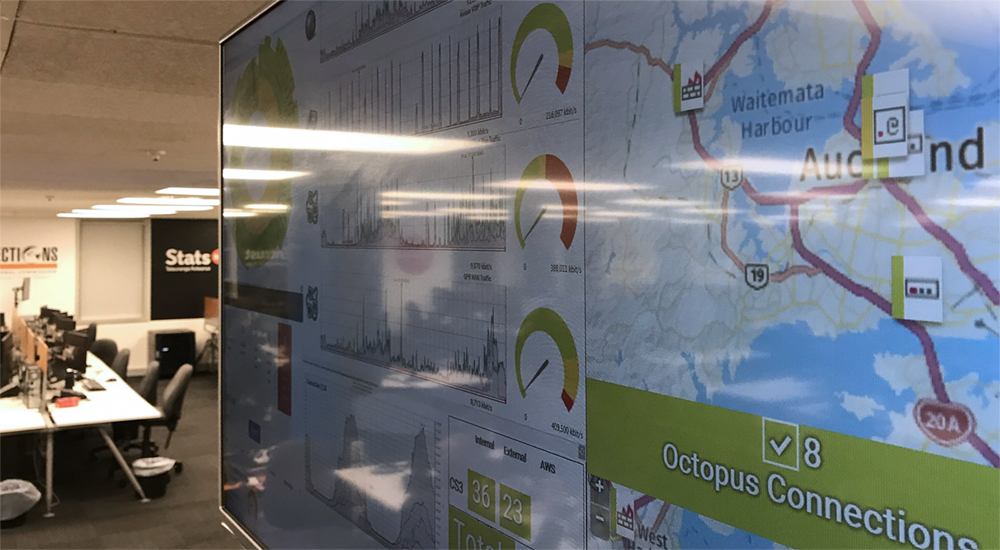When a customer of one of Telnet’s clients picks up their phone or logs into their smartphone, tablet or PC to interact with one of the contact centre team, it is simply expected that every phone call, email or message will go through any time, night or day.
Given the complexity of modern communications and the impact on Telnet’s ability to service our clients if these systems fail, Telnet takes the job of supporting and monitoring IT systems very seriously.
Everything we do is designed to provide an environment of availability and reliability. Telnet’s two physical contact centres are deliberately located in different areas of the city, one in Onehunga and one at Westgate. There are fed by different electricity feeds and telecommunications fibres reducing the risk of an area outage affecting the whole business. Telnet’s home-based workforce and technology further expands the ability to scale and resource outside of our office locations.
Telnet’s primary and backup data centres are located in a similar way, in Auckland CBD and North Shore – limiting the risk of a single location or area event impacting business. Systems are duplicated in case of failure – from our phone system through to our internet access links and server infrastructure. By having enough capacity at each of our data centres to run all of our operational servers from just one site, we’re still able to operate fully even if we were to lose an entire data centre. Because we’re constantly backing up our operational servers both locally and to the remote site, we’re able to restore a failed server completely, from a backup always 10 minutes or less in age, almost instantly – at either data centre.
It’s always important to remember that however careful you are, buying the best equipment and following the best practices for redundancy and reliability, that technology always has the potential to fail. Whilst having multiple systems means that a failure might not be disastrous for the business, not knowing about it if it happened would be massive problem.
Telnet’s network monitoring system is constantly tracking the state of hundreds of different parameters across our network. From basic connectivity tests through to service availability, disk usage, bandwidth use, total loads, time, temperature and many more parameters, the system will alert locally and via text and push messaging to the support team if anything is operating outside its specified range.
This visibility allows the support team to proactively resolve problems in most cases before our users are impacted, or even aware that a problem exists. Knowing exactly where to look to start working on a problem shortens resolution time and results in happier users, clients and customers.
In the hands of a passionate support team, it’s the reliable systems, redundancy, good partnerships and great visibility that really are the essential ingredients needed to maintain the expectations of our staff, our clients and, most importantly, our callers.







